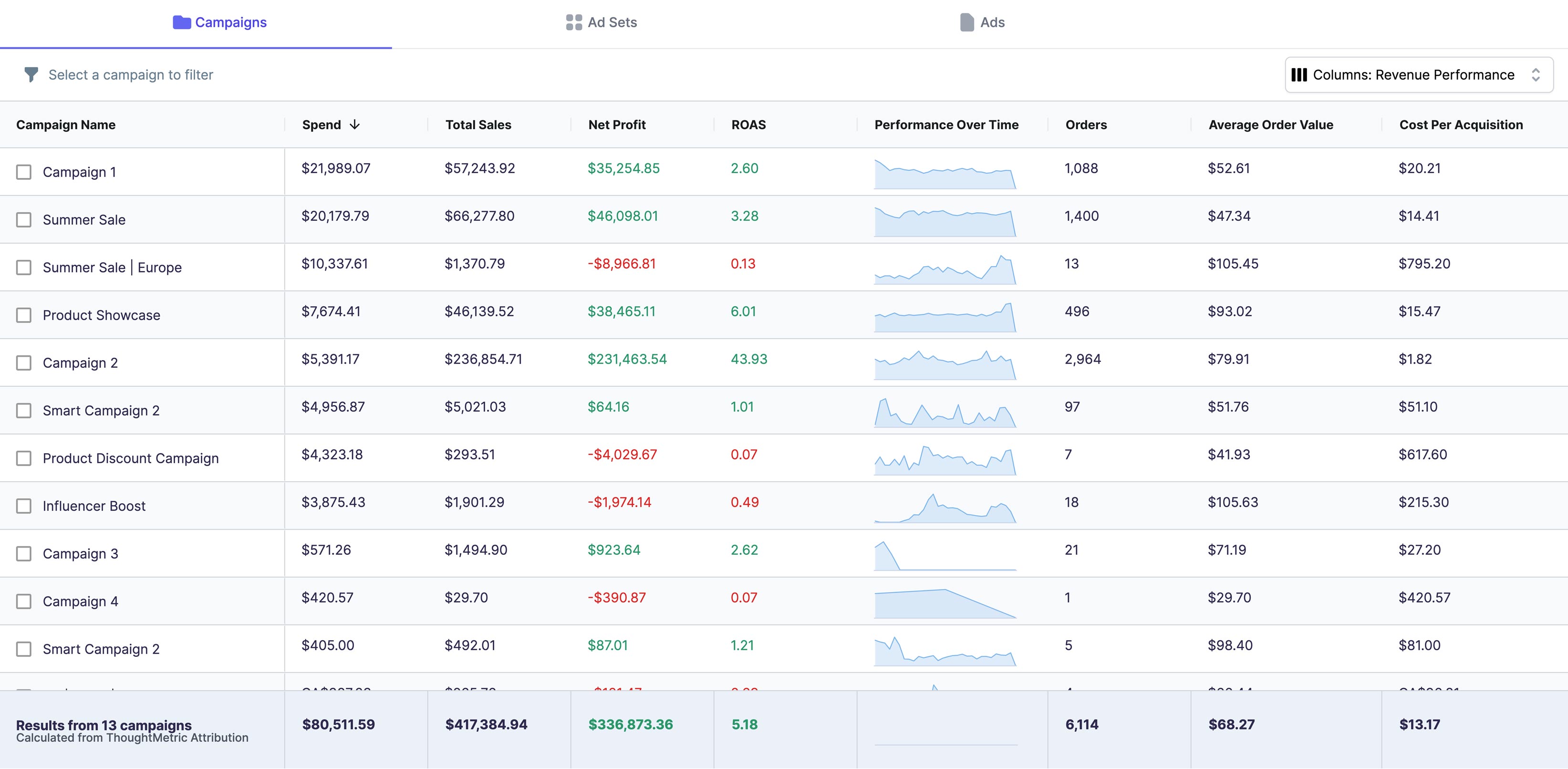Have you ever wondered how much it costs to get your ads seen on Google? One way to measure that cost is through CPM, or cost per 1000 impressions. In this article, we'll guide you through the process of understanding what CPM is, setting up your campaign, calculating your CPM, and optimizing it for the best results.
Understanding Cost Per 1000 Impressions (CPM)
What is CPM? CPM is the cost per 1000 impressions, or the amount you pay for every 1000 times your ad is shown to a user. It's important to note that an impression doesn't necessarily mean a click or a conversion. It simply means your ad was shown to a user on the search results page, on another website through the Google Display Network, or in a mobile app.
CPM is a widely used metric in the world of online advertising. It allows advertisers to measure the cost-effectiveness of their campaigns and to compare different advertising options. For example, if you are considering running a campaign on Google Ads, you can use CPM to compare the cost of displaying your ad on the search results page versus displaying it on a website through the Google Display Network.
CPM is particularly important for brand awareness campaigns. These campaigns are designed to increase the visibility of your brand and to create a positive association with it in the minds of consumers. In a brand awareness campaign, clicks may not be the primary goal. Instead, the goal is to get your brand in front of as many users as possible. This is where CPM comes in. By measuring the cost per 1000 impressions, you can determine the cost of reaching a large audience with your brand message.
Another benefit of using CPM is that it allows you to optimize your campaigns for maximum impact. By analyzing the cost per impression, you can identify which ad placements are most cost-effective and adjust your targeting and bidding strategies accordingly. This can help you get the most out of your advertising budget and achieve better results.
Overall, CPM is an essential metric for any advertiser looking to measure the effectiveness of their campaigns and make informed decisions about their advertising strategy. By understanding what CPM is and how it works, you can make better-informed decisions about your advertising budget and achieve better results for your business.
Setting Up Your Google Ads Campaign
Google Ads is a powerful advertising tool that can help you reach your target audience and grow your business. Setting up a successful campaign requires careful planning and execution. In this guide, we'll walk you through the key steps to setting up your Google Ads campaign.
Choosing the Right Campaign Type
The first step in setting up your campaign is choosing the right campaign type. Google Ads offers several options, each with its own strengths and weaknesses. For brand awareness campaigns, we recommend choosing the 'Display Network' campaign type. This option allows you to display your ads on websites that are part of Google's display network, which includes millions of sites across the web. By choosing this campaign type, you can reach a large audience and increase your brand awareness.
Targeting Your Audience
Once you've chosen your campaign type, it's time to target your audience. Google Ads offers several options for targeting, including demographics, interests, and keywords. For brand awareness campaigns, we recommend focusing on demographics that match your target audience and interests relevant to your brand. By targeting your audience effectively, you can increase the likelihood that your ads will be seen by the right people.
One effective way to target your audience is by using Google's 'Custom Intent' audience feature. This feature allows you to create a custom audience based on your website visitors, YouTube channel subscribers, and other criteria. By targeting a custom audience, you can increase the relevance of your ads and improve your campaign's performance.
Setting Your Budget and Bidding Strategy
Once you've chosen your campaign type and audience, it's time to set your budget and bidding strategy. We recommend starting with a small budget and adjusting as necessary based on your results. By starting small, you can test different targeting options and ad creatives without risking a large investment.
The bidding strategy you choose will depend on your goals. For CPM campaigns, we recommend choosing the 'vCPM' bidding strategy, which optimizes for viewable impressions. This strategy ensures that your ads are seen by your target audience and can help increase your brand awareness.
In addition to setting your budget and bidding strategy, it's important to monitor your campaign's performance regularly. By analyzing your data and making adjustments as necessary, you can improve your campaign's effectiveness and achieve better results.
In conclusion, setting up a successful Google Ads campaign requires careful planning and execution. By choosing the right campaign type, targeting your audience effectively, and setting your budget and bidding strategy wisely, you can increase your brand awareness and grow your business.
Calculating CPM in Google Ads
Accessing the Necessary Data
After your campaign has run for a while, you'll be able to access the data necessary to calculate your CPM. You can find this data by navigating to the 'Campaigns' tab, selecting your campaign, and clicking on the 'Placements' tab. Here, you'll see a list of all the websites or apps where your ad has been shown.
Formula for Calculating CPM
Using this data, you can calculate your CPM by using the following formula: total cost of impressions / total number of impressions * 1000. For example, if you spent $1000 and received 100,000 impressions, your CPM would be $10.
Analyzing Your CPM Results
Once you've calculated your CPM, it's important to analyze your results to determine if it's meeting your goals. If your CPM is too high, you may need to adjust your targeting options or bidding strategy. If it's too low, you may want to consider increasing your budget to reach more users.
Tips to Optimize Your CPM
Adjusting Your Targeting Options
If your CPM is too high, try adjusting your targeting options to narrow down your audience. Consider adding more specific demographics or interests that align with your brand.
Improving Your Ad Quality
If your CPM is low but you're not seeing the results you want, try improving your ad quality. Make sure your ad is visually appealing and has a clear call-to-action.
Testing Different Bidding Strategies
Finally, if you're not seeing the results you want, try testing different bidding strategies. Experimenting with different strategies can help you find the one that works best for your goals.
By understanding CPM, setting up your campaign correctly, calculating your results, and optimizing for the best outcomes, you can achieve successful brand awareness campaigns on Google Ads. Happy advertising!





